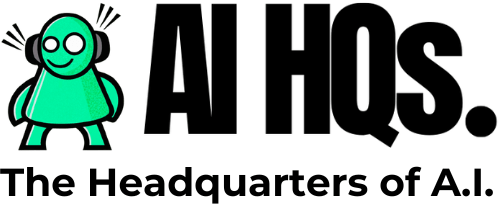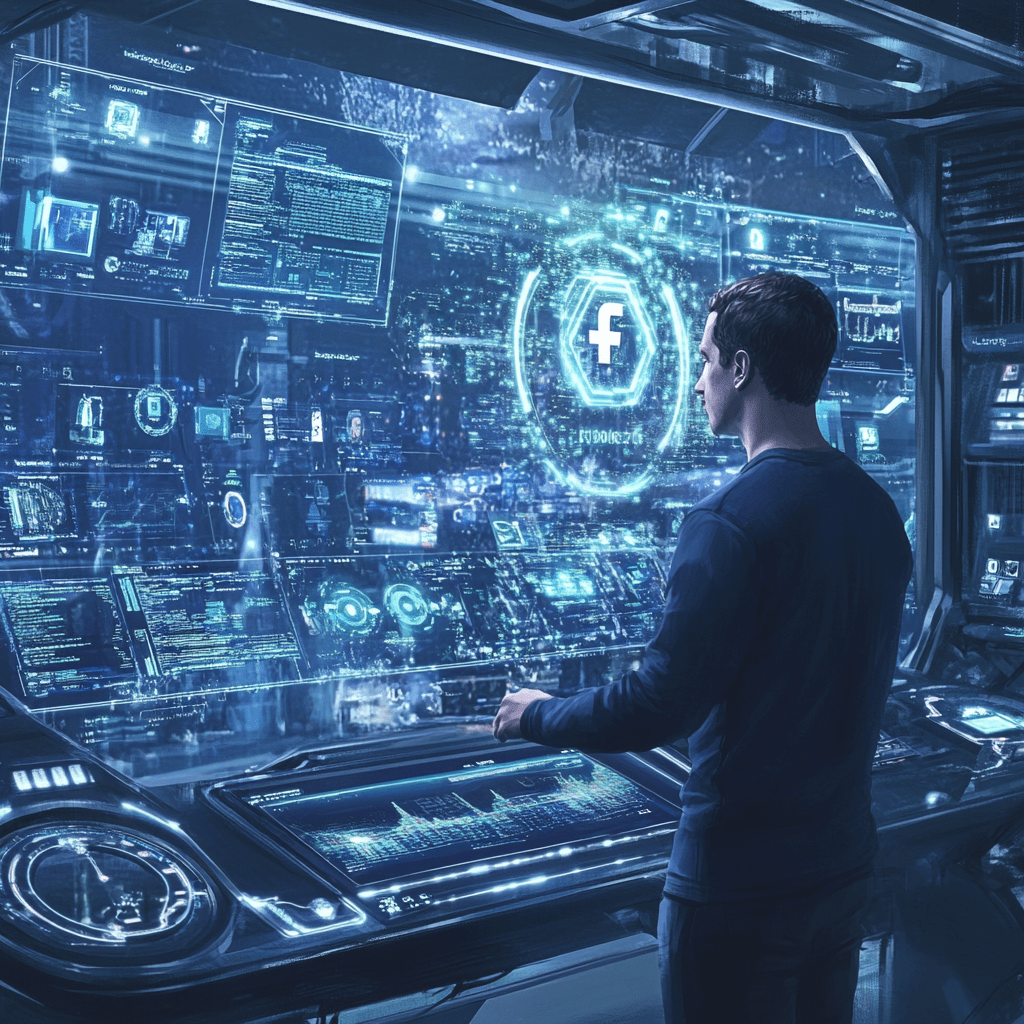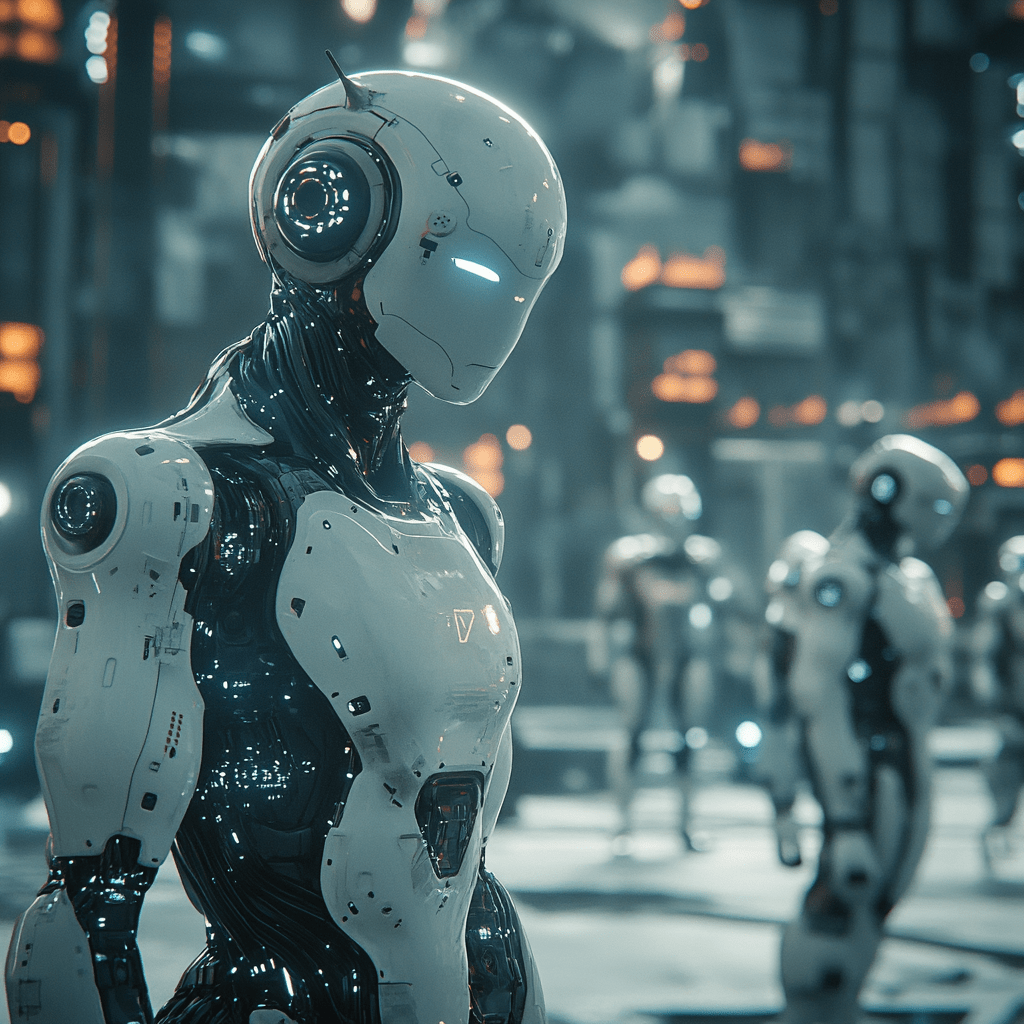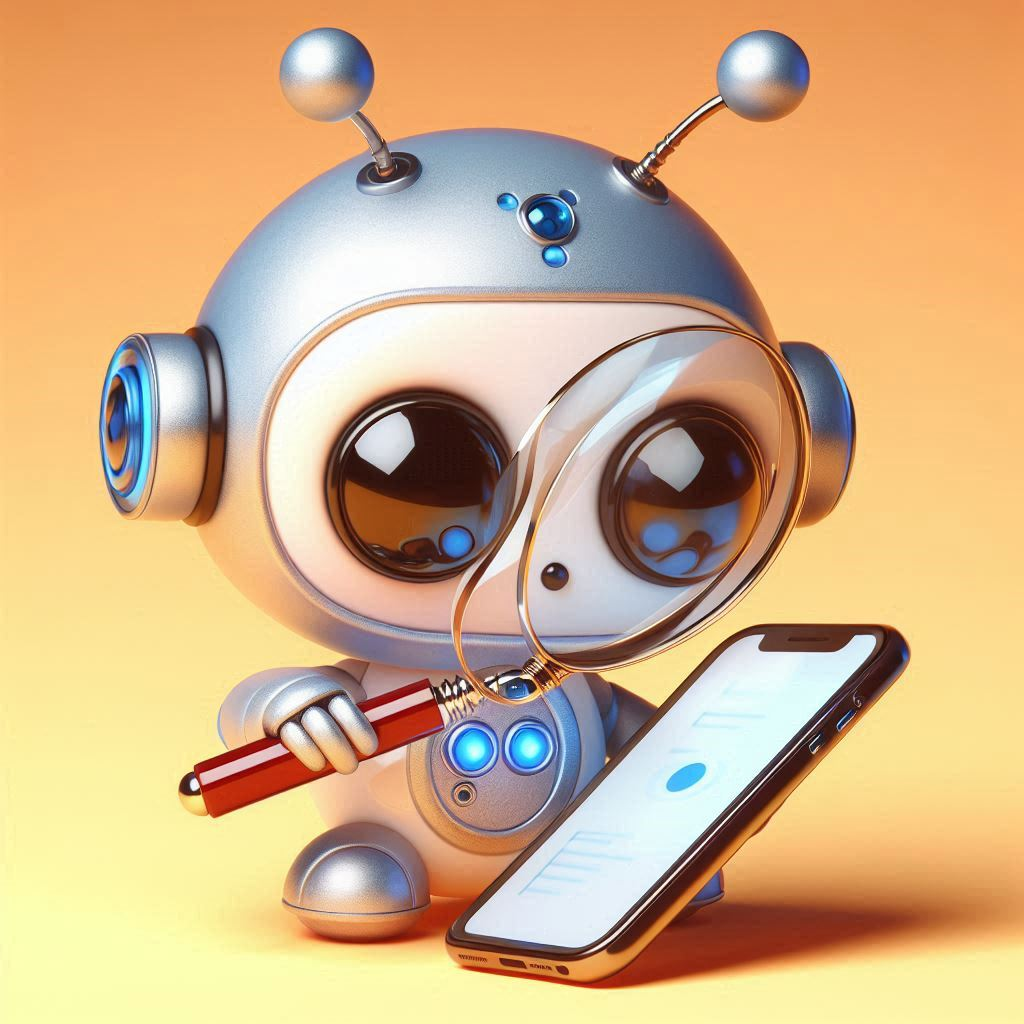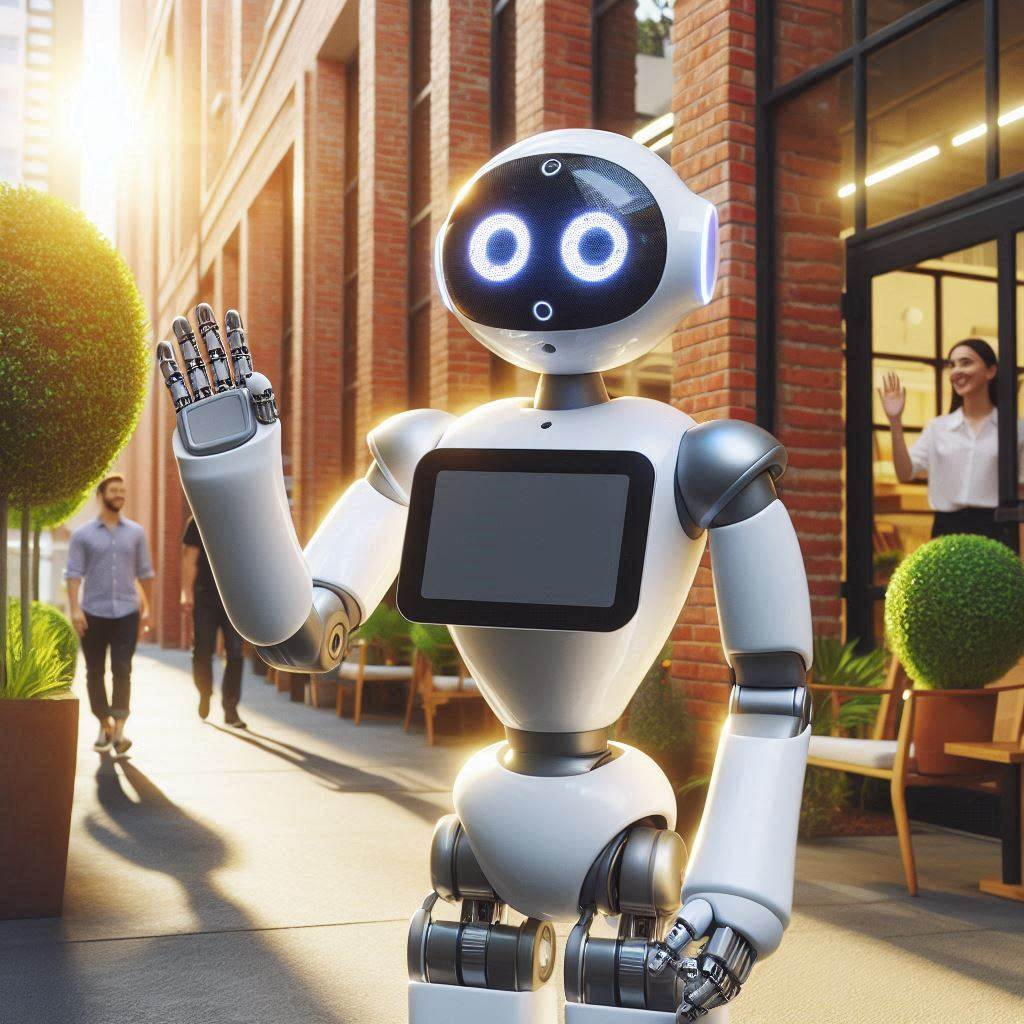OpenAI Versus NYT: Battle Over AI Content
In recent legal battles between OpenAI and The New York Times (NYT), allegations of copyright infringement and “hacking” have been thrown back and forth, creating a stir in the tech and journalism communities.

OpenAI, a leading AI company, has vehemently denied NYT’s claims that it “hacked” ChatGPT, its flagship AI model, to generate excerpts of NYT articles. NYT, on the other hand, argues that OpenAI’s products infringe on its copyrights and imperil its journalism by regurgitating reporting and stealing audiences.
The crux of the dispute lies in OpenAI’s assertion that NYT allegedly used deceptive prompts to exploit supposed bugs in ChatGPT, generating anomalous outputs to build a case against the AI company. OpenAI claims these tactics amount to contrived attacks orchestrated by NYT to gather evidence for its lawsuit.
NYT, however, maintains that its investigation aimed to track the extent of copyright infringement facilitated by ChatGPT, particularly in bypassing paywalls. The newspaper argues that OpenAI’s decision to disable features like “Browse By Bing,” which enabled users to access paywalled content, underscores the need for scrutiny rather than dismissal of its lawsuit.
Furthermore, NYT accuses OpenAI of ignoring allegations of copyright infringement, alleging that the AI company knowingly reproduced copyrighted NYT content without permission. OpenAI’s defence revolves around claims of fair use and disputes NYT’s characterization of its actions as unlawful.
The legal battle between OpenAI and NYT reflects broader concerns about the use of AI in content generation and the protection of intellectual property rights. As AI technology advances, questions surrounding copyright law and fair use become increasingly complex, with implications for both content creators and AI developers.
Another facet of the controversy involves authors alleging that OpenAI’s language models, including ChatGPT, were trained on pirated copies of their books without permission. While a US district judge in California dismissed several claims raised by these authors, the case highlights the broader implications of AI training on copyrighted material.
The dispute between OpenAI and authors underscores the need for clarity in copyright law, particularly concerning the use of AI in content creation. As the US Copyright Office prepares to release guidance on copyright law in relation to AI, stakeholders await clarity on issues such as authorship and licensing requirements for AI-generated content.
In the midst of legal battles and regulatory uncertainty, the use of copyrighted material in AI training remains a contentious issue. OpenAI contends that access to copyrighted material is essential for training AI models effectively, while rights holders advocate for stricter regulations to protect their intellectual property.
The outcome of these legal disputes and regulatory developments will have far-reaching implications for the future of AI development and content creation. As technology continues to evolve, stakeholders must navigate the complex intersection of AI, copyright law, and ethical considerations to ensure a balance between innovation and protection of intellectual property rights.
Expanding upon the ongoing legal disputes between OpenAI, The New York Times (NYT), and authors brings to light the broader implications for the future of AI development and content creation. The intersection of AI technology and copyright law raises complex ethical and legal questions that require careful consideration and resolution.
One key aspect that deserves further exploration is the impact of AI-generated content on the traditional publishing industry. As AI models like ChatGPT become more sophisticated, there is a growing concern among publishers about the potential for AI-generated content to undermine their business models. The ability of AI to generate articles, essays, and even books raises questions about the future of journalism, literature, and the creative industries as a whole.
Moreover, the issue of authorship in the context of AI-generated content remains unresolved. While AI models like ChatGPT are capable of producing text that closely resembles human writing, questions arise regarding who should be credited as the author of such content. Should it be the developers who trained the AI model, the individuals or organisations that provided the training data, or the AI model itself? Clarifying the concept of authorship in the age of AI is essential for ensuring fair recognition and compensation for creators.
Additionally, the legal battles between OpenAI, NYT, and authors highlight the need for clear and comprehensive regulations governing the use of copyrighted material in AI development. As AI technology continues to advance rapidly, policymakers face the challenge of crafting laws that strike a balance between promoting innovation and protecting intellectual property rights. Establishing robust frameworks for licensing, fair use, and attribution will be crucial for fostering a thriving ecosystem of AI-driven creativity while safeguarding the interests of content creators.
Furthermore, the outcome of these legal disputes will have implications beyond the realm of AI and copyright law. It will shape broader conversations about ethics, transparency, and accountability in the development and deployment of AI technology. As AI becomes increasingly integrated into various aspects of society, it is essential to ensure that its use is guided by principles of fairness, equity, and respect for intellectual property rights.
The legal battles between OpenAI, NYT, and authors underscore the complex and multifaceted nature of the challenges posed by AI technology in relation to copyright law and content creation. As stakeholders navigate these issues, it is imperative to engage in thoughtful dialogue, collaborate on solutions, and work towards establishing clear guidelines and regulations that promote responsible AI innovation while upholding the rights of content creators. Only through collective effort and informed decision-making can we realise the full potential of AI technology while safeguarding the integrity of creative expression and intellectual property.
In conclusion, the legal battles between OpenAI, NYT, and authors highlight the challenges and complexities associated with the use of AI in content generation and the protection of intellectual property rights. As stakeholders grapple with these issues, it is essential to seek clarity and establish frameworks that promote innovation while upholding the principles of copyright law and fair use.
Moreover, these legal disputes serve as a catalyst for broader conversations about the ethical implications of AI technology. As AI becomes increasingly integrated into various aspects of society, from journalism to literature and beyond, it is essential to consider the ethical ramifications of its use. Questions about transparency, accountability, and the equitable distribution of benefits and risks must be addressed to ensure that AI serves the common good and respects fundamental principles of fairness and justice.
Furthermore, the outcome of these legal battles will shape the future trajectory of AI development and deployment. It will influence the decisions of policymakers, the strategies of tech companies, and the expectations of consumers and content creators alike. As we navigate this rapidly evolving landscape, it is essential to strike a delicate balance between innovation and regulation, harnessing the transformative potential of AI while mitigating its potential harms.
Ultimately, achieving this balance will require collaboration across disciplines and sectors, drawing on insights from law, ethics, technology, and beyond. By working together, we can chart a path forward that harnesses the benefits of AI technology while safeguarding the rights and interests of all stakeholders. In doing so, we can build a future where AI serves as a powerful tool for creativity, innovation, and progress, enriching our lives and advancing the collective good.
for all my daily news and tips on AI, Emerging technologies at the intersection of humans, just sign up for my FREE newsletter at www.robotpigeon.be
